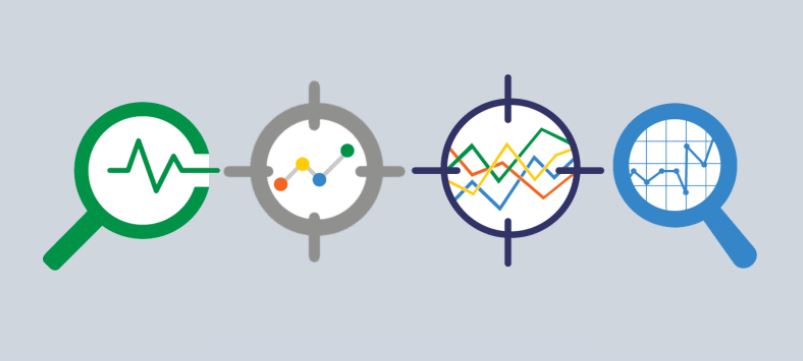
Time-Series Forecasting is a pattern analysis technique that makes measurable predictions based on historical information. It uses mathematical models to analyze data series over a period, a process with results that are consistently and continuously being adjusted to date. The analysis identifies trends and patterns within the data and makes sense of them as it relates to the business. Time-Series Forecasting uses its findings to develop sound forecasting models to reasonably predict the future. The objective of Time-Series Forecasting is to replace baseless extrapolations with meaningful statistics and in turn, help businesses in their decision-making processes.
Who uses Time-Series Forecasting?
The Financial and Investment Firms employ the Time-Series Forecasting model in virtually every investment decision made. Investors in the stock market use historical pricing trends when deciding whether to buy, sell, short or option. Foreign Exchange Companies use the technique to strategically time large currency conversions. In the Real Estate Industry, brokers use Time-Series Forecasting to gain a grasp on the market and reasonably estimate the direction it is headed. Lenders incorporate the model in their underwriting guidelines. Production and Manufacturing Companies use Time-Series Forecasting to understand purchasing trends and product seasonality, allowing them to accurately predict future purchasing cycles. It helps them avoid over or under production of inventory.
While a time-series forecast cannot predict when a life-changing moment will occur, it is very good at using your historical data to reveal patterns and use those patterns to predict what will happen. The time-series model is a solution that can provide powerful insights.
